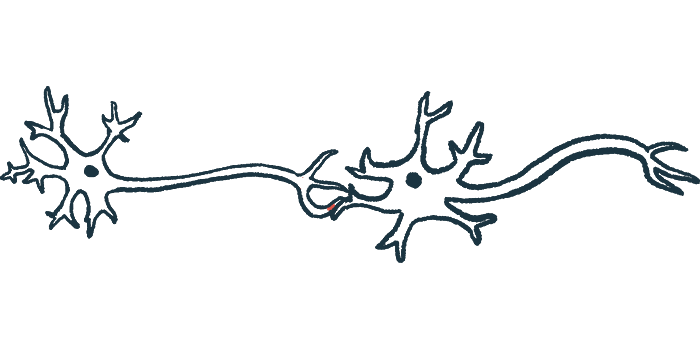Altered, Toxic SOD1 Protein ‘Shared Feature’ Across ALS Types
'Abnormal' protein found in spinal motor neurons of familial and sporadic patients

Altered forms of the SOD1 protein are found in the spinal cord nerve cells of people with all types of amyotrophic lateral sclerosis (ALS), not just those with mutations in the gene providing instructions for making the protein, a study reported.
“The results suggest this abnormal protein contributes to cell death in many forms of motor neurone disease, not just rare genetic cases of motor neurone disease,” Kay Double, a professor of neuroscience at The University of Sydney and study co-author, said in a university press release.
Findings also indicate that targeting SOD1 may offer a way of treating all forms of ALS, including those not associated with SOD1 mutations, the researchers said.
The study, “Altered SOD1 maturation and post-translational modification in amyotrophic lateral sclerosis spinal cord,” was published in Brain.
Likely first study of SOD1 protein abnormalities across patients
ALS, the most common form of motor neuron disease, is characterized by the progressive loss of motor neurons, the nerve cells that govern movement. The disease’s causes, however, are poorly understood: some cases are linked with genetic mutations, while most show no genetic link.
SOD1 gene mutations are found in 12–20% of people with familial ALS, and 1–2% of those with sporadic ALS, meaning no clear family history of the disease. Over 200 discrete SOD1 mutations have been described in ALS patients.
A plethora of research in mice and other laboratory models has illustrated that these mutations lead to the production of a disordered version of the SOD1 protein, one that is toxic for motor neurons. Research in laboratory models has also shown that non-genetic modifications, such as attaching or removing certain chemical motifs to the mature SOD1 protein, can also result in the production of a similarly disordered protein.
“Despite this abundance of data from preclinical models, it is unclear whether abnormal SOD1 proteinopathy [disease-causing problems with a protein’s synthesis, folding, etc.] is unique to [familial ALS caused by SOD1 mutations], or constitutes a shared feature amongst all forms of ALS,” the researchers wrote.
To learn more, a team led by scientists in Australia conducted post-mortem analyses of motor neurons in the spinal cords of 26 people: three individuals with familial ALS caused by SOD1 mutations, four with other forms of familial ALS, nine sporadic ALS patients, and 10 people without ALS as a control group. The scientists conducted a battery of biochemical analyses to assess SOD1 in the motor neurons.
“This is the first study to construct distinct profiles of the subcellular localization, relative abundance and deposition of mature and immature SOD1 conformers in spinal cord motor neurons of familial and sporadic ALS cases, and age-matched controls,” the team noted.
Results showed marked alterations in SOD1 structure in patients with mutations in the SOD1 gene, comparable overall to what has been previously reported in laboratory models.
Notably, alterations in SOD1 were identified not only in ALS patients with mutation in the SOD1 gene — similar alterations also were noted in people with other forms of familial and sporadic ALS, particularly in the ventral (chest-facing) side of the spine.
“Altered SOD1 biochemistry clearly differentiates all forms of ALS from controls,” the researchers wrote.
“We have shown for the first time that mechanisms of disease long hypothesised to occur in animal and cellular models are present in patients with” ALS, said Benjamin Trist, PhD, the study’s first author with the university’s Brain and Mind Research Institute.
The scientists noted that, based on these analyses alone, it’s impossible to say whether SOD1 abnormalities are a cause or consequence of motor neuron disease. However, given the wealth of preclinical knowledge showing that these protein abnormalities can be toxic to motor neurons, “we posit that our data implicate mechanisms of SOD1-dependent toxicity in the death of spinal cord motor neurons in ALS patients,” they wrote.
They also concluded that “SOD1 probably constitutes a valuable therapeutic target in all [ALS] patient groups, irrelevant of SOD1 gene status.”







